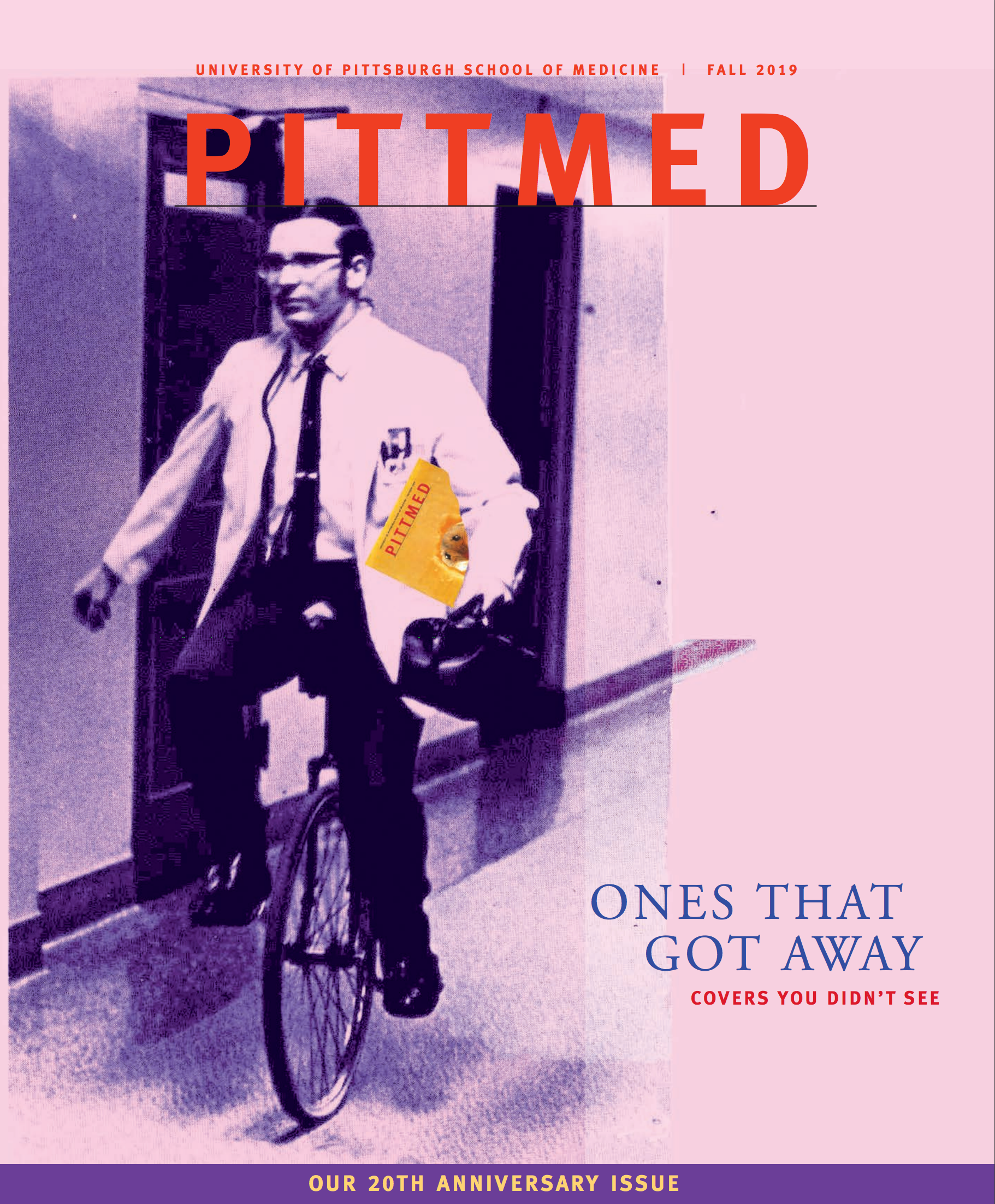
Subscribe to Pittwire Today
Get the most interesting and important stories from the University of Pittsburgh.Program Allows Personalized Approach to Medical Records
This story, written by Heather Boerner, originally appeared in the fall 2019 issue of Pitt Med magazine.
One hundred clicks. That’s what it can take for a doctor using a typical hospital’s electronic health record (EHR) just to order the right tests, check a health history and proceed with a patient’s care.
A University of Pittsburgh School of Medicine faculty member intends to change that. Among other things, Yalini Senathirajah’s system would allow doctors to see the information they need at a glance, choosing which elements belong together on the screen.
MedWISE, an add-on to current EHRs, was designed by Senathirajah, an associate professor of biomedical informatics. With the system now in beta phase, she’s testing it to see if the approach helps physicians get the information they need without the cognitive load and potential for errors associated with most modern EHRs. And Senathirajah is looking for more recruits.
“I’m really keen to see: What will physicians do with it? I’m interested to see patterns and if they think of uses we didn’t think of,” she said.
“If the EHR system can be adapted by physicians to meet their needs, in public health emergencies it could be rapidly adapted to create new solutions without waiting three months for the IT department to provide a solution.”
Senathirajah came up with the idea while working on her PhD in health care informatics at Columbia University. She was inspired by her own experience as a technical adviser for a large academic medical center. In that role, she got to see up close how EHRs don’t quite go far enough to help physicians make timely and efficient medical decisions.
Here’s how MedWISE works: Doctors can assemble information from a system’s existing EHR into tiles, juxtaposing them on the same screen and creating new elements. For example, physicians can create a calculator tile and even color-code the elements or create specialty-specific items.
In some cases, she explained, “You (might) put all the important things in red and put them on the right,” she said. “And then pull up brain scans and code them blue.”
So far, the approach has been tried using data from the NewYork–Presbyterian Hospital. Senathirajah and colleagues have published indirect evidence of cognitive load reduction. Right now, the focus is testing the safety, efficiency and other cognitive effects of the approach, and potentially using those results to develop a case for adoption by medical systems.
“MedWISE allows sharing configurations,” she said. This could help physicians save time—if the next provider for that patient thinks the same way. And what if that clinician doesn’t?
Will that user change the configuration? If not, could that cause medical errors? Senathirajah is now running a study of 66 physicians to find out.
Another study—of 32 clinicians, including physicians, nurse practitioners and physician assistants—will compare MedWISE to usual EHR configurations to look at how long it takes users to complete specific tasks. Colleagues at Columbia University will participate, and Senathirajah is looking forward to bringing her Pitt colleagues into the research.
“I’m lucky to have colleagues and students here that are so interested in solving this problem,” she said.
“One reason I took this job is because my boss and others have been tremendously supportive and understood what I’m trying to do.”




